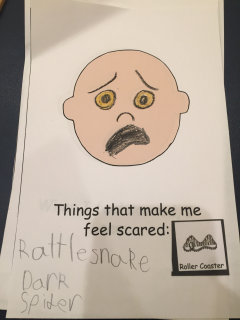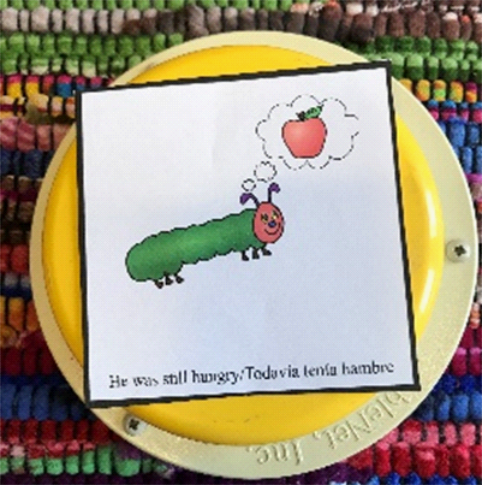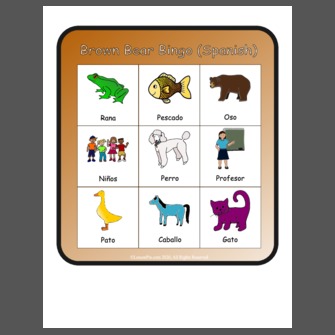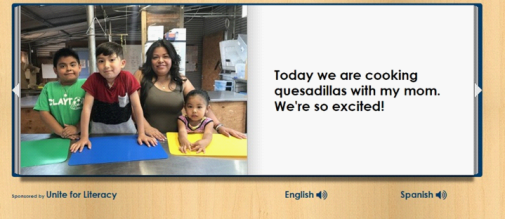Creating the UDL Early Childhood Classroom: The Social Environment
The basis of every early childhood program is the learning environment; the physical, social-emotional, and temporal spaces where children will interact, grow and develop. Within a rich play-based learning environment, early childhood educators implement intentional teaching strategies to support their students in meeting early learning standards. Engaging resources and learning tasks with appropriate scaffolding provide children the opportunity to develop skills and competencies they will need as they move along in education and in life.
The three principles of Universal Design for Learning are critical when creating a learning environment that is responsive to learners of diverse cultures, abilities, language and life experiences and that results in growth across all domains.
The 3 Universal Design for Learning Principles are:
- Multiple Means of Representation (the “what” of learning)- present content in varied and flexible ways
- Multiple Means of Action and Expression (the “how” of learning) – give learners varied and flexible ways to show what they know
- Multiple Means of Engagement (the “why” of learning) – use varied and flexible ways to motivate learners and maintain their interest
There are 3 environmental components that supports every child’s ability to learn: physical, social and temporal. We will explore the Social Environment in this article. According to Mistrett (2016), the Social Environment encompasses relationships and interactions between children/ teachers; teacher/ teacher; family/ school. The social environment welcomes the involvement of all families. Children need to build trusting relationships with the adults so they can be confident in their explorations and risk taking. They may need assistance in order to make connections with peers, develop friendships and regulate their behaviors. Interactions between teachers/children and child/child require opportunities for ongoing and multiple modes of communication. Family relationships are built upon open communication that honors the cultural and linguistic background of each family.
Social Environment Universal Design for Learning Elements (adapted from Mistrett): 
- Environmental tone is friendly, calm, supporting and welcoming
- Sensory materials and “fidget toys” are available that can support children in calming themselves are available
- A Job Chart helps children feel responsible as part of the group
- Choice boards provide ways for children to make choices of activities and materials and to communicate likes, dislikes and feelings
- Visual/auditory activity supports are available to support independence
- Materials help children explore feelings and what to do in social situations that may be new, uncomfortable or difficult

- While teachers may not be multilingual, each child’s home language is used as much as possible throughout the curriculum
- The cultural and linguistic diversity of the classroom and the world beyond is honored and reflected in learning materials and tasks
- Eliminate stereotypes, including gender, cultural and religious, in communication, learning materials and tasks
- Learning materials invite interactions between children
Additional Supports
- Create individualized visual materials to help children with meet behavioral expectations (e.g., flip book, first-then, feedback charts ); use LessonPix.com or apps such as Choice Works (Bee Visual) to design the supports
- Record messages (greetings, songs, finger plays, repetitive storylines, etc.) on single and multiple message recordable communication devices. Picture symbols should relate to the message.
 Communication boards provide ways for children to ask and answer questions, make choices, offer comments, express emotions
Communication boards provide ways for children to ask and answer questions, make choices, offer comments, express emotions- Provide visual supports to help individual children interact with others; social stories, video modeling
- Provide books, visual supports and learning materials that reflect the cultural and linguistic diversity of the classroom and the world beyond the classroom through the use of customizable learning materials and from culturally diverse materials such as e-books from UniteforLiteracy.com
- Utilize voice output devices and other technology to provide opportunities for collaboration with peers
This Article is a 3 Part Series
Part 1: Creating the UDL Early Childhood Classroom - Physical Environment
Part 2: Creating the UDL Early Childhood Classroom - Social-Emotional Environment
Part 3: Creating the UDL Early Childhood Classroom - The Temporal Environment




